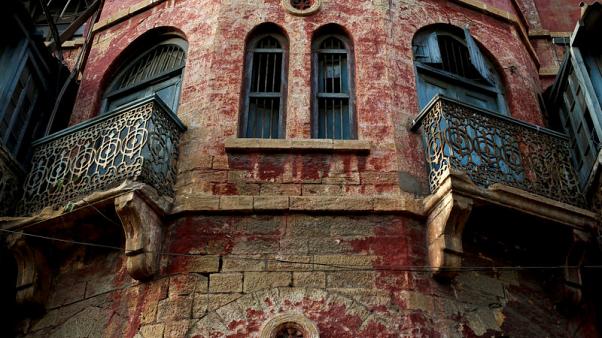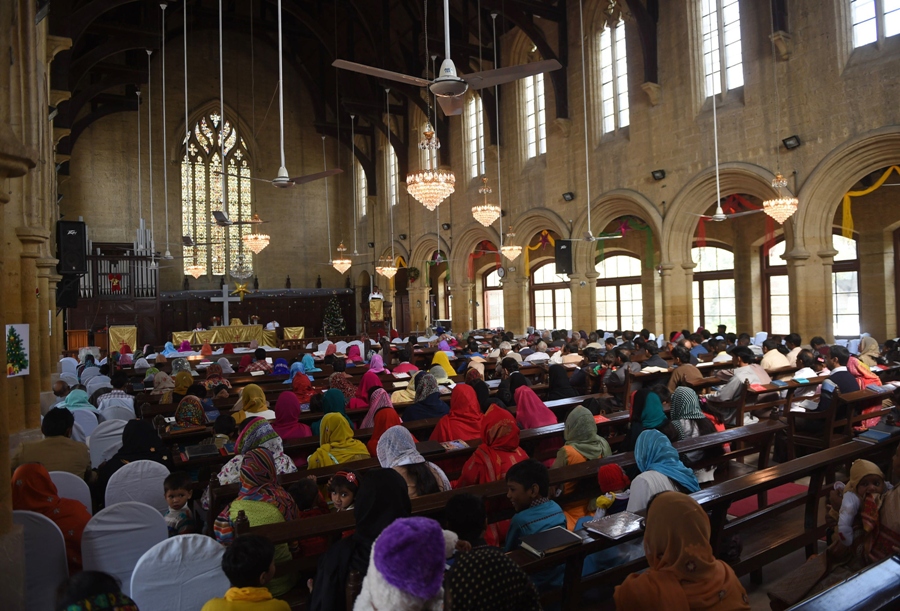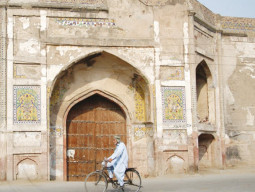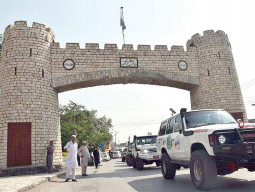
KARACHI: Heritage sites in most parts of the world are under threat due to lack of proper planning and fundamental changes in human activities. Often prone to neglect and mismanagement, and due to lack of resources for preservation, the sites lose their intrinsic value in the face of natural calamities and other environmental factors. Pakistan is also blessed with innumerable landmarks that hold historical and cultural significance, and needless to say, the risks and dangers looming over these sites are also numerous. Many remain unlisted, unexplored and evidently unprotected.
Hence, to discuss the dangers posed to heritage sites of Pakistan, and especially those of Karachi, a seminar titled "The Future of Heritage" was conducted at Aga Khan University on Friday. Speakers at the seminar highlighted the importance of conservation, restoration and adaptive reuse of historic sites in the urban fabric of Pakistan.
Preserving heritage: Govt planning to establish Sindh Museum in Karachi
Speaking on the occasion, archaeologist and author Kaleemullah Lashari asserted that lack of monitoring created a certain immunity in the province [Sindh] that led to the decline of heritage. "After partition, many official and private heritage buildings were converted into offices without taking their utility into consideration. The buildings were given into the hands of people who had no understanding of heritage [management], hence their condition became deplorable," said Lashari. "Likewise, properties vacated in Sindh during partition were given to the new settlers without deciding who is going to look after them," he mentioned. "There was no sensitisation regarding buildings with historical significance and numerous temples, community centres, goshalas and other establishments were left unattended."
Talking about the enlistments of heritage buildings in Karachi and Sindh, a professor of Architecture and Planning at NED University, Dr Anila Naeem explained that the process is largely covered under the Sindh Cultural Heritage Preservation Act (1994), which is the key legislation that provides coverage to over 2,500 notified properties in Karachi, Shikarpur and other parts of the province.
Lok Virsa showcases freedom movement books
"This law is considered a turning point in the identification and recognition of culturally, historically and archaeologically significant properties, but unfortunately the heritage protection initiative has not gone beyond that," lamented Naeem. "There are several issues on an environmental level that need to be addressed to protect these buildings, including issues of infrastructure and services, street space management and imbalance in activity patterns," she continued.
Speakers at the seminar bemoaned that often the archaeological aspect is often ignored in the assessment of buildings by planning commissions.
Addressing the seminar, researcher, activist and architect Arif Hasan, speaking with particular focus on Karachi, said, "While affection for buildings and history exists in the city, there is no respect for their conservation."
Preserving heritage: Authorities join hands to beautify historic buildings
"Most areas of Karachi where heritage is located are largely occupied and there is a dire need to make some serious conservation efforts," he stressed.
Also, referring to encroachment drives in the city, especially in the premises of Empress Market, Hasan said that market culture exists all over the world. "The real challenge and achievement would be to devise a solution so that the people prosper, the city prospers and the environment is improved," he said.
Former Karachi administrator Fahim Zaman said that the size of the city has grown ten times and it is imperative to resolve the 'pagri' system.
"People do not buy buildings to restore them and there are many who neither understand the city nor connected with its reality," said Zaman, as he shared relevant examples of various schemes that ignored heritage. "The duality of ownership and financial state of most tenants poses the risk of degeneration of heritage buildings," he maintained.
WCLA declares old water reservoir a heritage site
Mentioning uplift projects that pose a threat to old buildings, architect and designer Attiq Ahmed said that development in infrastructure and transportation system is desperately needed [in Pakistan] but social and physical environments of the cities should not be impacted.
"In cities like Karachi and Lahore, where the city's expansion has been completely unchecked, we do need to consider mass mobility," Ahmed commented. "However, should this mass mobility come at the cost of humans?" he questioned, adding that thousands of people may have to be forcibly relocated as a consequence of mass mobility. Continuing with his argument, Ahmed further questioned whether mass mobility should be achieved at the cost of compromising the environmental integrity of heritage sites.
The participants also shed light on the concept that pertains to saving the facade of buildings while their interior continues to deteriorate.
Published in The Express Tribune, October 19th, 2019.











































COMMENTS
Comments are moderated and generally will be posted if they are on-topic and not abusive.
For more information, please see our Comments FAQ